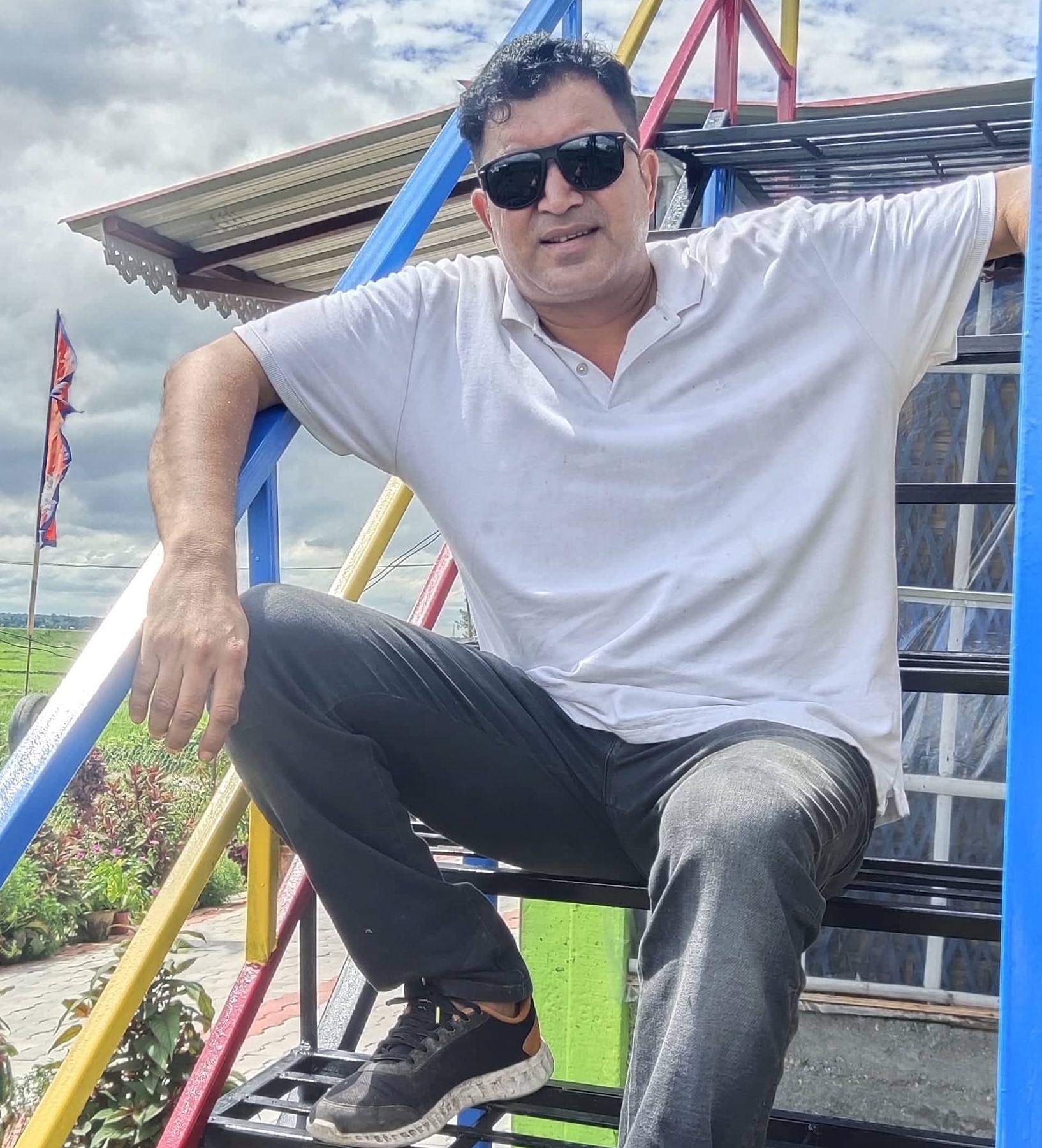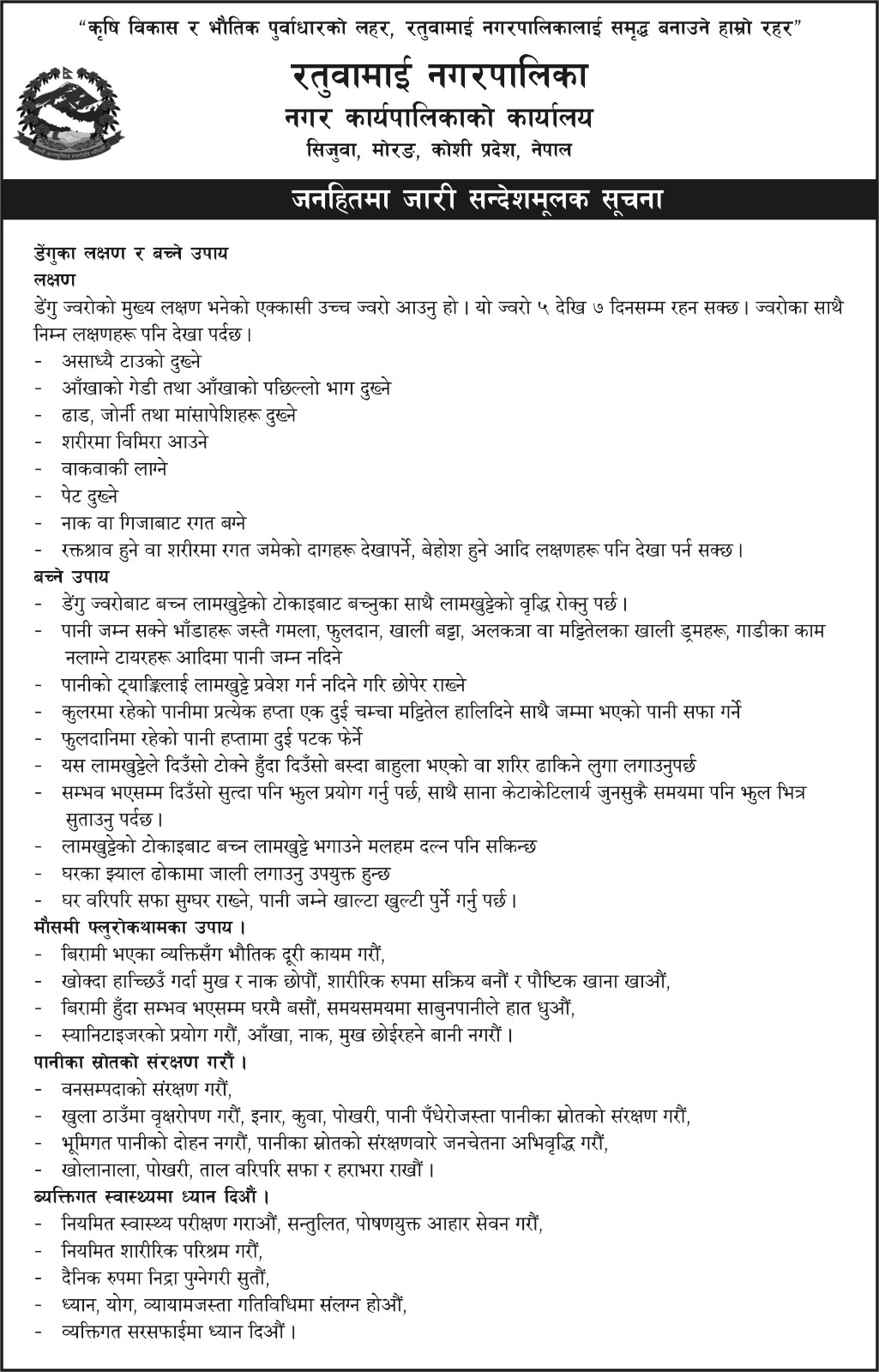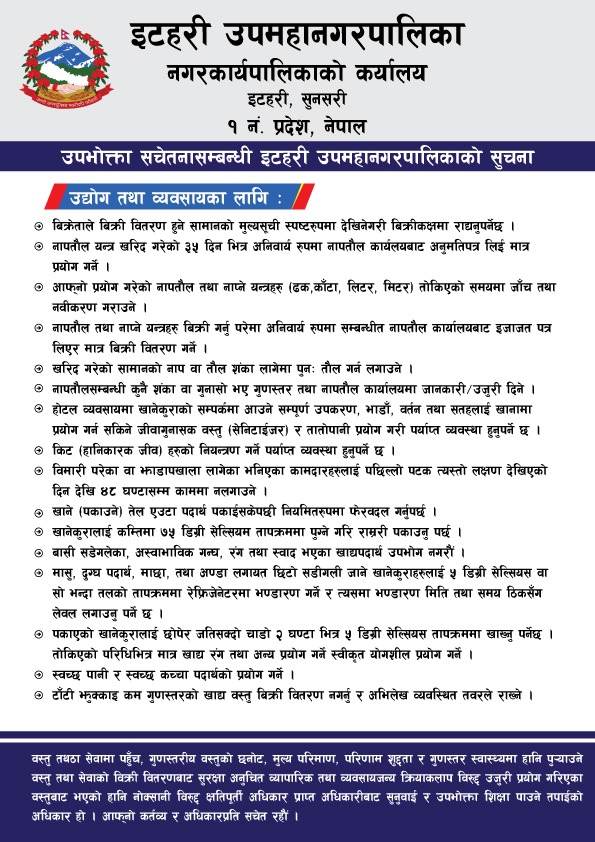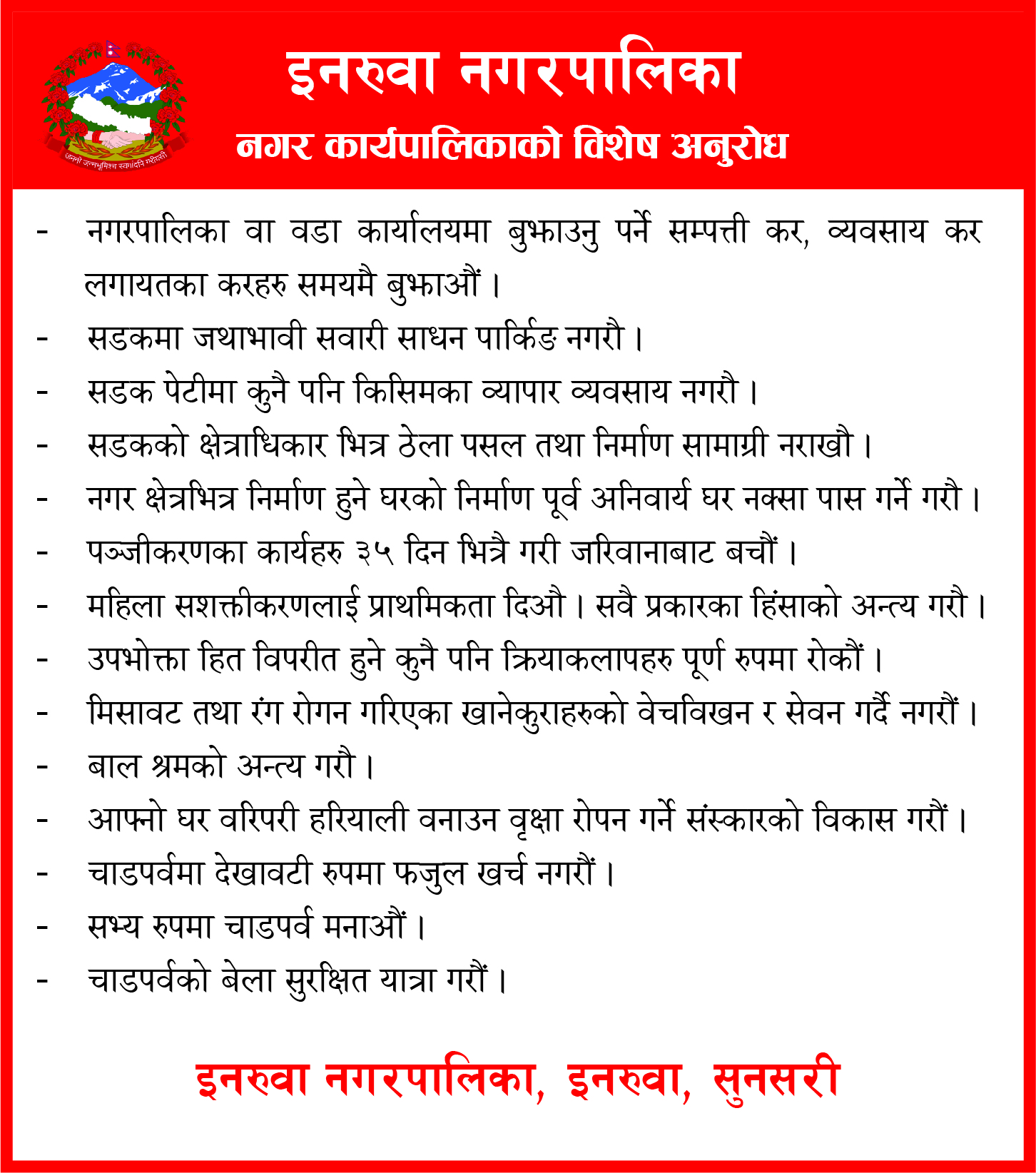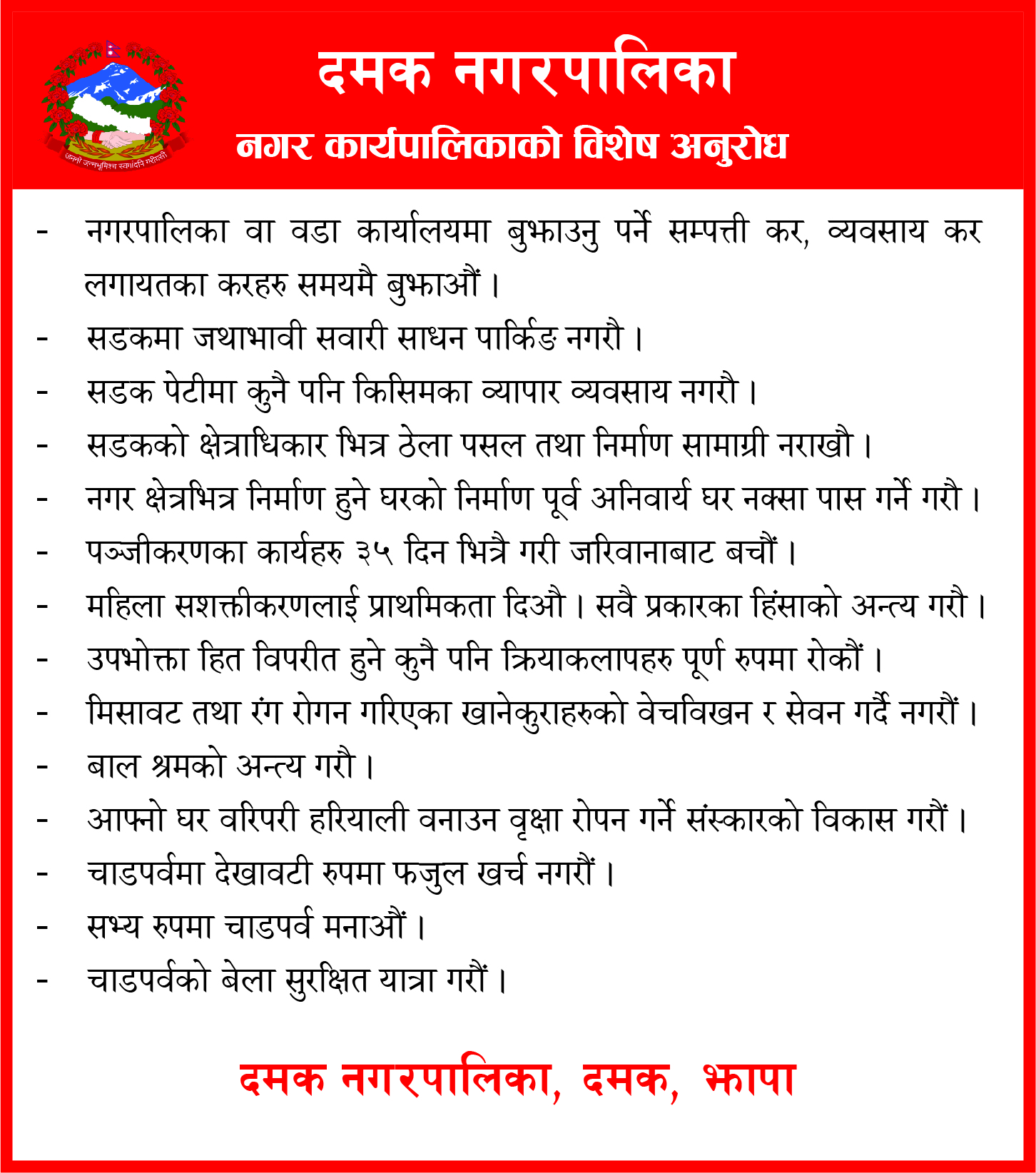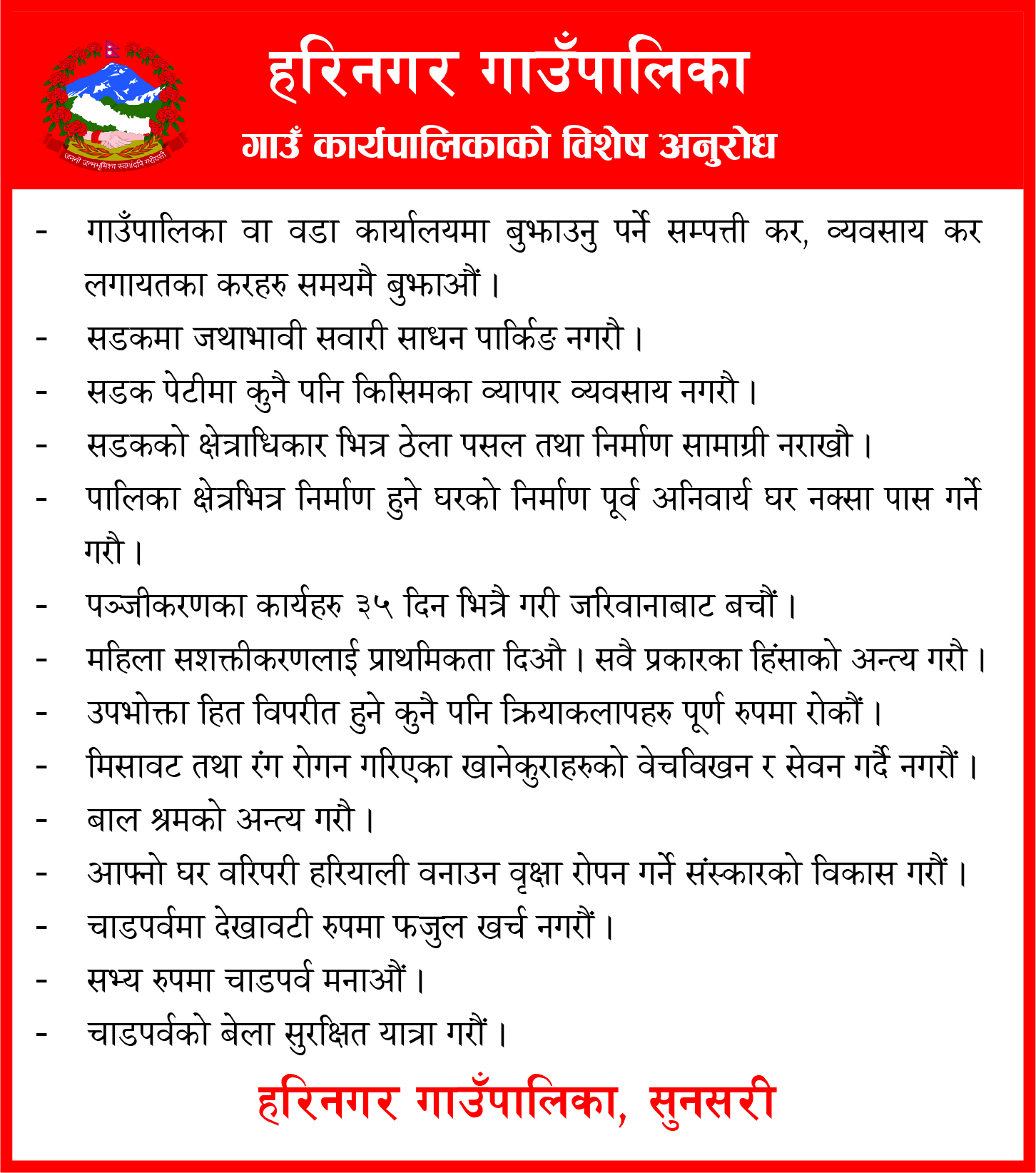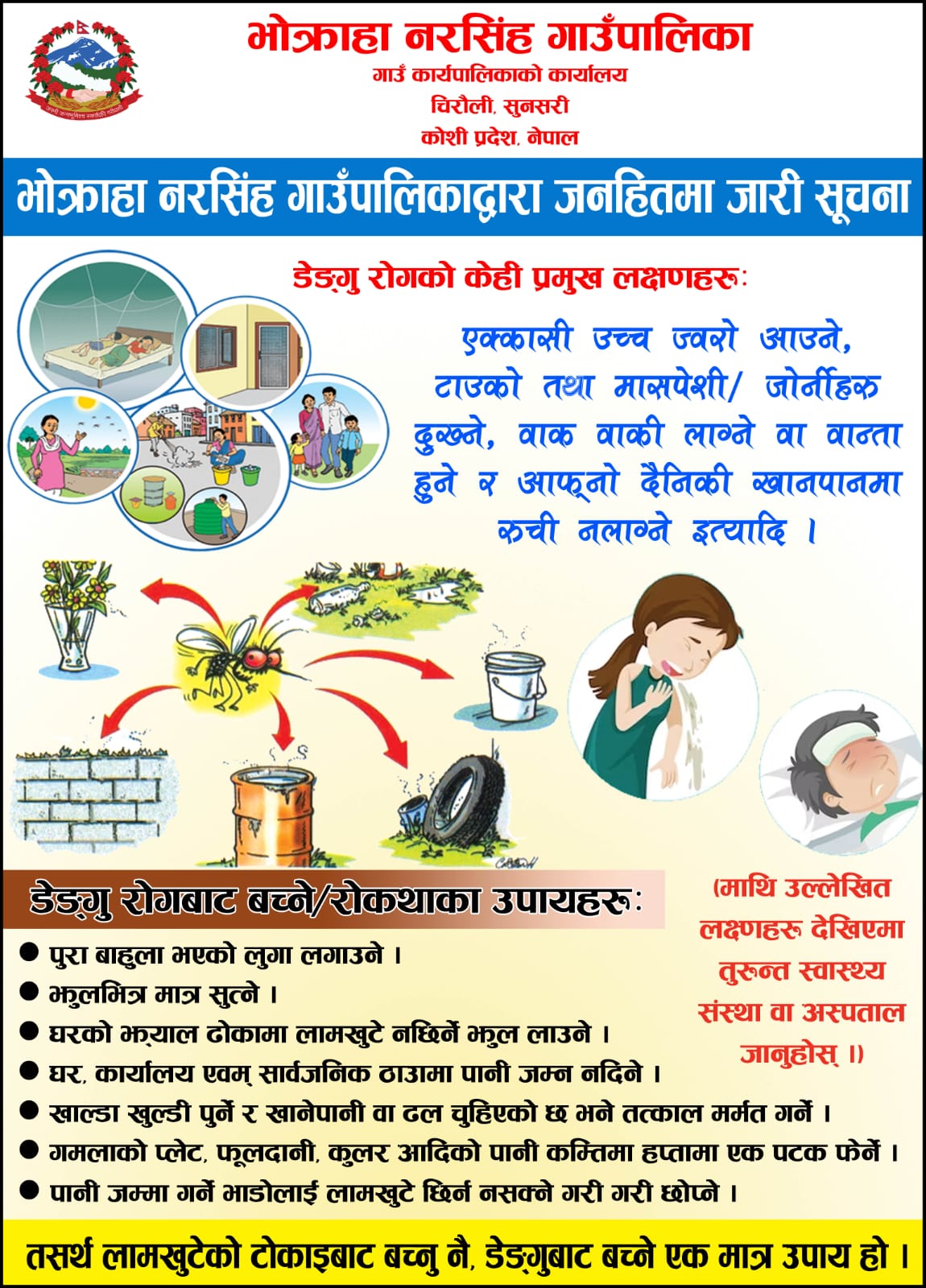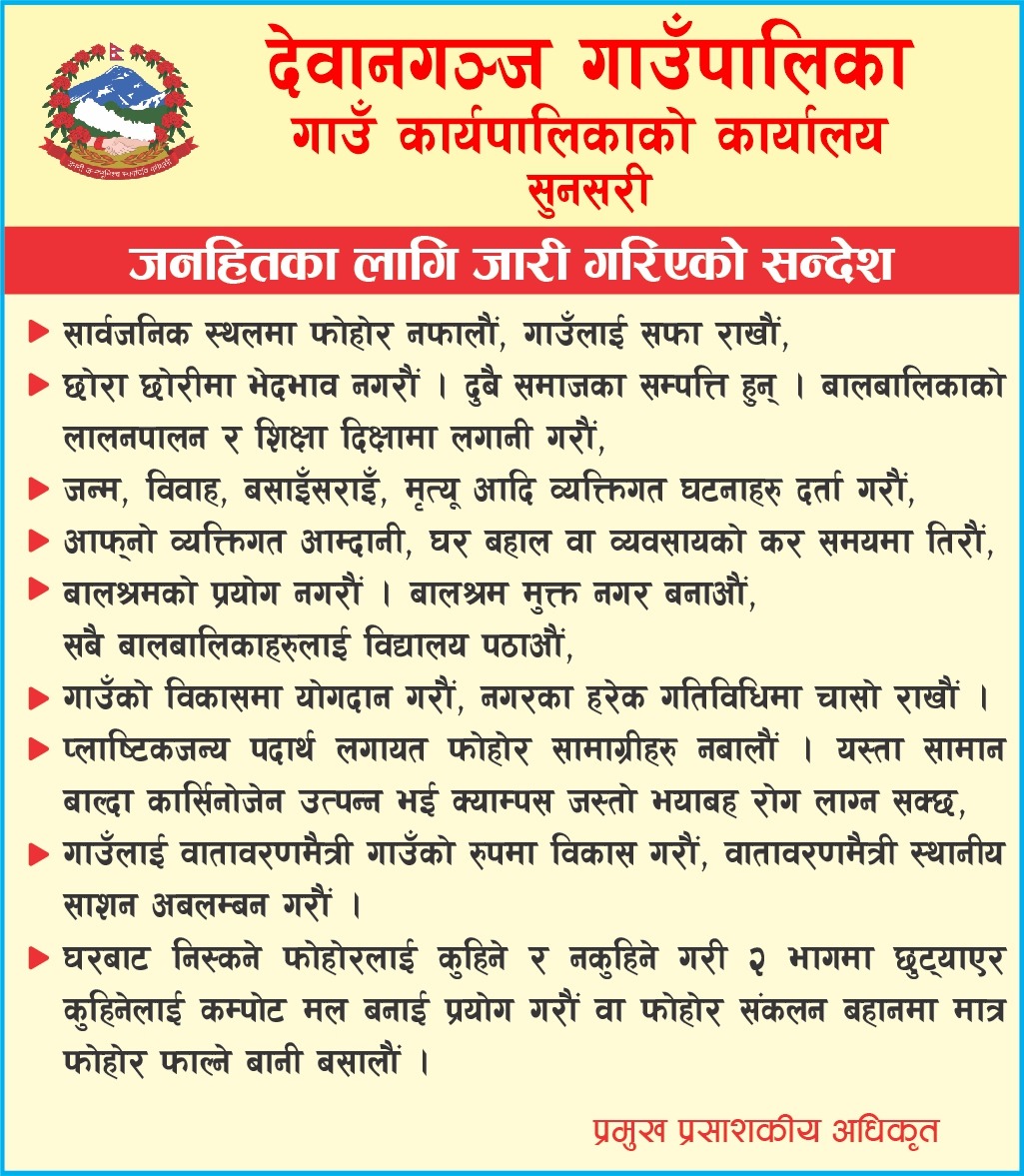Kolkata is afoot to host 3-day-long Himalayan Orange Festival starting from December 10. The date was finalized after multi-national meeting of the stakeholders. Association for Conservation and Tourism, which is chaired by Raj Basu, has been hosting such festival since 2014. Festival was not organized in 2020 owing to the COVID-19 pandemic.
Orange produced at the Himalayan regions of Nepal, Bhutan, Bangladesh and India are displayed at the festival. Besides orange, various handicraft items all also displayed, informed Arjun Karki, one of the members of the Association for Conservation and Tourism. A noted hotelier of East Nepal, Karki has also actively involved in homestays and greenery. Karki is also leading the Nepalese delegation for the famed upcoming festival. Karki has exclusively talked about the Orange Festival. Excerpts:
When was the inaugural edition of this festival held?
This started since 2014. It is biennial festival. It was paused in 2020 owing to the COVID-19 pandemic. This year, it will be held from December 10 to 12. We are promoting tourism from this festival.
Could you please share the background of this famed festival?
It has an emotional story and it is the story of Nobel Laureate Rabindranath Tagore. Tagore got a sort of ailment while traveling to Kalimpong. He expressed his sadness over his inability to consume juicy Himalayan orange there. Having known this, locals of Kalimpong went to Tagore residence at Kolkata with some orange stacked in tiny bamboo basket. In return, Tagore gifted some Rasgulla in earthen pot. This developed the Himalayan orange connection with Kolkata. Gorkhaland movement, however, affected this camaraderie. After the normalcy, homestay was started in the hills to attract folks of Kolkata. There is good linkage between orange and Kolkata.
When did Nepal make its first presence at this festival?
As a member of the organizing committee, Nepal has making its presence since its inception. This time, we are planning to have 200-member Nepalese delegation including orange growers from Pokhara, Lumbini and Chitwan. We will also put to display some agro products, handicraft items and some musical heritages like Balan and Sangini. This is a good venue to promote Nepal's culture abroad. Previously, we used to display oranges only from Ilam. We are including Dhankuta and Bhojour this year. This year, we are also including Gandarbha who are an indispensible part of Nepal's traditional cultural strength. As Nepalese channels are not shown in India, Indians and members of other nations do not have idea about Nepalese culture. Gandarbha would promote this. This may allure them to come to Nepal for cultural purpose also.
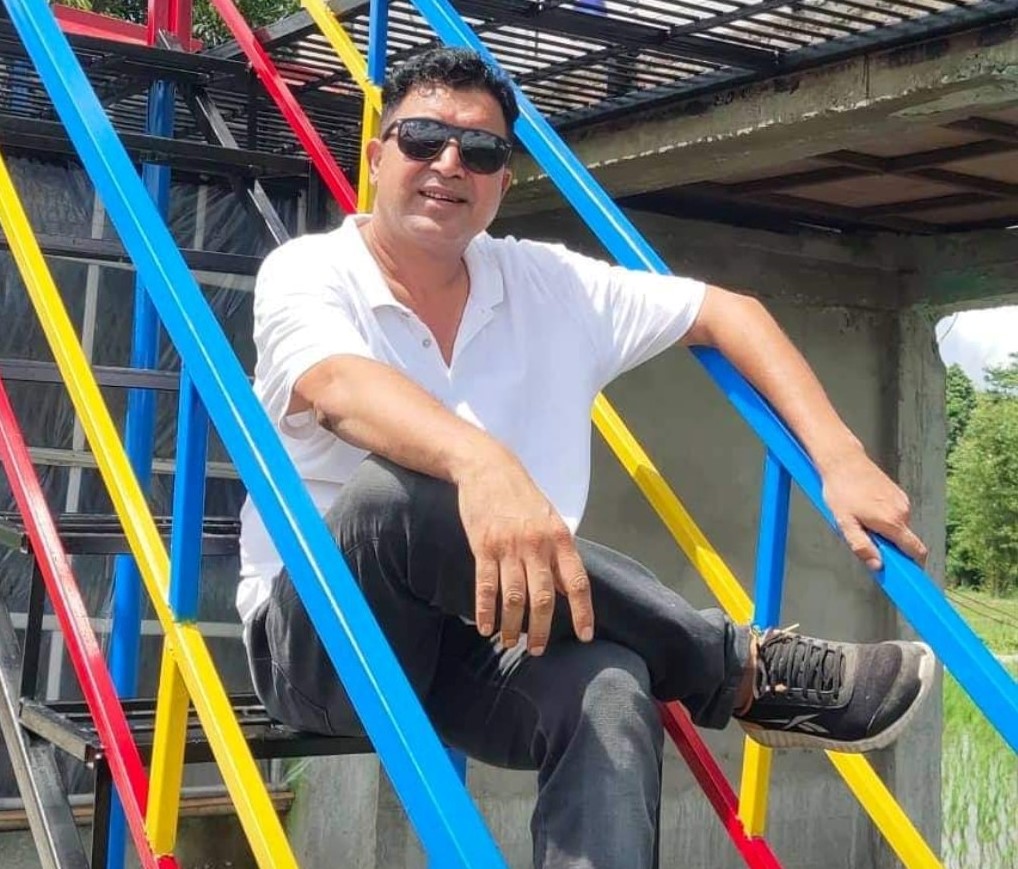
What were the noted outcomes of the previous festivals?
We started to focus at villages to start running homestays. Festival taught more about the importance of cleanliness. We organized some competitions at the borderlands. We are constantly having cultural exchange functions. Festival has increased the frequency of travelers at our region.
What are the attractions of the festival?
There is display of orange grown in the Himalayan regions of Nepal, Bhutan and India. Even exhibitors from Bangladesh do make their presence. Journalists, agro experts and tourism professionals from these countries also make their presence. There is regular discourse about cross-border tourism connectivity. Festival also witnesses the presence of ambassadors from seven countries. This is the good platform for us. Organic herbal medicines, fruits and handicraft items get good limelight during festival days.
Could Nepalese farmers afford to invest to make their presence at the festival?
It is tragic to tell that we invested personally for two consecutive events that included participants from 70, 80 and even 100. At multiple occasions, I have invested personally from my own pocket. While coming in the third festival, Nepal Government gave us Rs. 200,000. Nepal Tourism Board has also signaled to make certain economic contribution. This has boosted our enthusiasm.
How does orange festival promote tourism?
Orange is the mainstay of the festival. There exist stalls of hotels, travel agencies and the likes. We invite foreign delegates to make travel in Nepal. Besides our cultural shows, we do also exhibit our agricultural and handicraft items. Journalists from different countries make their footfall. We attract foreign travelers by giving well-versed information. Besides healthy herbal items, we also promote Nepal's export earner cardamom.
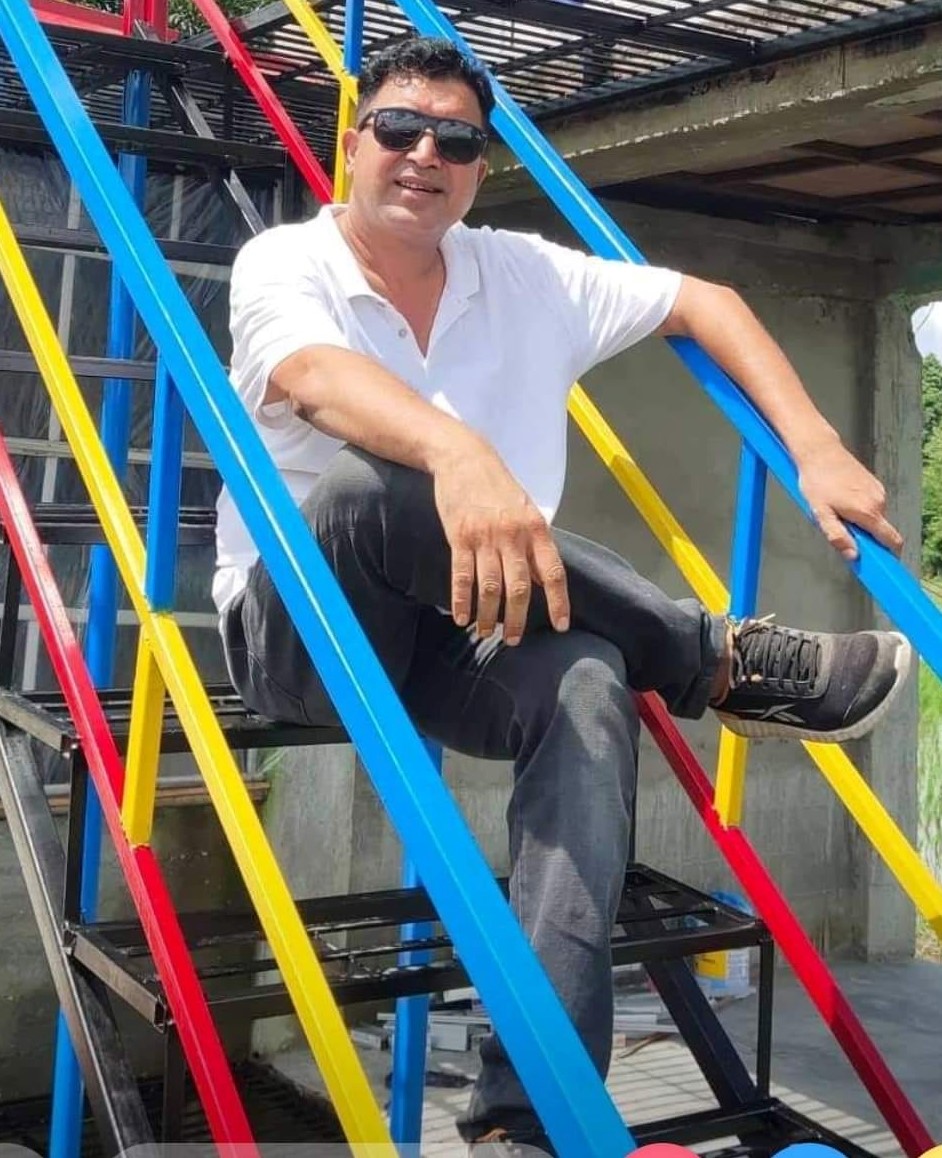
What can be the takeaways for Nepal from this festival?
It feels like we are lacking strong idea to promote Nepal. There are many things to learn. Nepal must have information center at Bagdogra Airport of Siliguri. Nepal needs to be proactive at the borderlands. This will boost our publicity. There are numerous tourists travelling to Sikkim investing hundreds of thousands. A week's expense at Sikkim is enough to travel Nepal for a month. We need to display Nepal is more diverse and attractive than Sikkim. State attention deserved here.
Can we organize similar festival in Nepal itself?
We have been hosting Asian Rural Tourism Festival in Nepal. We are thinking about mango festival which is exclusively grown in southern Terai plains of Nepal.
What can be done for the promotion of homestay and tourism promotion?
We need to get back to our tradition. We need to develop the concept of homestay tourism in villages of rural fringes of Nepal. Rural folks do not give much attention of food items produced from machinery items. For example, people prefer rive grinded by Dhiki, the traditional grinder made up of wood and metal. We have lost many Dhikis. We need to revive this. We are working on it. Next, while picnicking, there must be provision of consuming locally produced items. This will benefit locals.



